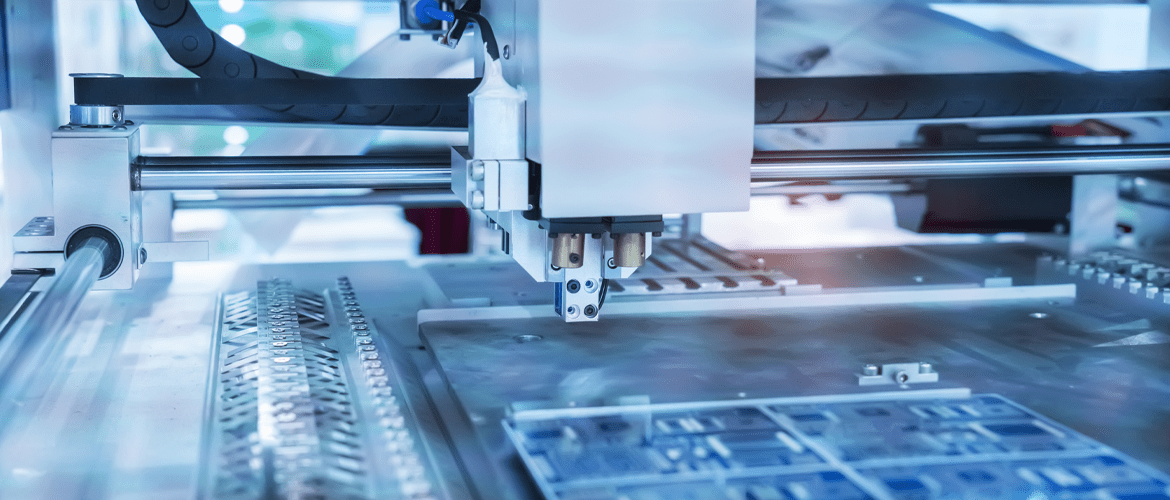The manufacturing world has been turned on its head by the outsourcing industry, and in many ways for the better, but what about the impact this trend has had on innovation in the manufacturing process?
Before the EMS revolution, brands would spend their R&D resource on both product and manufacturing innovations, with many companies utilising the same engineers to develop a product and the manufacturing techniques required to fulfill it. Rather than innovation, the EMS industry has been focused on economics, streamlining the industry to take as much of the indirect costs out and drive the costs for the brands lower and lower.
Where does that leave manufacturing excellence?
Narrow margins and the drive for lower direct and indirect costs are two of the cornerstones of the EMS industry business model. This leaves very little ‘fat’ for R&D within the industry and whilst contract manufacturers now have huge design teams, these are largely focused on delivering new products to the manufacturing line for customers. This is starting to change now with the advent of IoM (Internet of Manufacturing), Industry 4.0 and the like. Some of the world’s largest contract manufacturers are seeing manufacturing excellence as one of their competitive strengths and are starting to look at how these trends might help them be better at what they already do very well.
The EMS industry is fantastic at making things quickly and economically, and has without doubt enabled brands to bring many new products to market faster and cheaper than anyone could have imagined. The industry has grown by winning manufacturing business from the brands themselves, often acquiring factories, providing a solution that is more flexible and more efficient than internal manufacturing and that leveraged scale, purchasing power, and the pursuit of low cost manufacturing geographies. Much of this race has been run and with the exception of Europe, most of what is going to be outsourced has been outsourced. Now there are new competitive imperatives and one of those is manufacturing excellence and efficiency, particularly where it is related to automation.
Over the past twenty years or so, much of the responsibility for process innovation was passed to the suppliers to the EMS industry. Capital equipment makers, software developers and consumables vendors have all played a role in the innovation process, leading the way in most cases and doing a good job or creating innovative manufacturing processes that meet the challenges of miniaturization, heterogeneous assembly and regulation, such as lead-free. What they are unable to do is take a holistic approach to the whole of the manufacturing process and indeed the supply chain, and this is what Industry 4.0, IoM or IIoT (Industrial Internet of Things) requires.
For much of the ecosystem, these data driven manufacturing trends have seemed little more than spin, but now we are reaching a point where the manufacturers want to see real action and are ready to sign orders for products or systems that give them some of the promised benefits. Having seen that there is no one supplier ready to provide a plug-and-play IoM or Industry 4.0 solution, they are taking back responsibility for the development of their manufacturing systems and exploring what these trends can offer themselves. In recent months I’ve talked to most of the world’s largest EMS companies about these topics and have been genuinely impressed by their commitment to implementing systems that embraces IoM and automation, particularly around robotics.
We are heading into a period of intense innovation in the manufacturing process and regardless of whether we consider it the fourth industrial revolution or not, it will change the way products are manufactured and how the supply chain operates. From the point of order to the end of a product’s life, data and automation will make products more customizable, cheaper and better and the EMS companies that embrace this will be the be the winners.
Sign up for our blog
Stay up-to-date on the latest in manufacturing trends, insights and best practices.





